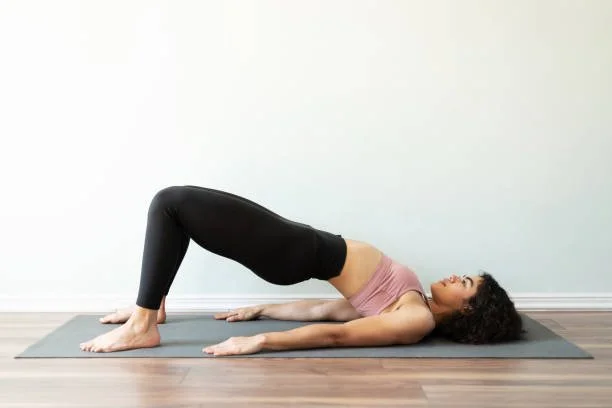Snow Sport Superiority: How Physical Therapy Fine-Tunes Your Skills
Strategies for Achieving Peak Performance:
Training Cycles for Snow Sports Excellence
Training cycles involve a structured approach to preparing for the snow season, encompassing various phases such as the off-season, pre-season, and in-season training.
Off-Season: athletes focus on building a strong foundation of strength and endurance.
Pre-season: training hones specific skills, refines techniques, and enhances cardiovascular fitness.
In-season: During the season it is essential to maintain peak performance, work on adapting to varying conditions, and continuously refining tactics.
Each phase of the training cycle is meticulously designed to ensure that athletes are at their physical and mental best when they hit the slopes, ultimately contributing to their pursuit of snow sport excellence.
Enhancing Strength and Flexibility:
Exercises that Target Snow Sport Athletes
Quad Strengthening - Quad strengthening is essential for snow sport athletes because strong quadriceps provide the necessary power and stability for activities such as skiing and snowboarding, enabling better control, balance, and protection against knee injuries on challenging terrain. Think: Squats, lunges, leg presses.
Hamstring Strengthening - Hamstring strengthening is essential for snow sports as it helps maintain proper knee stability, enhances the ability to absorb shocks, and contributes to overall lower body strength and injury prevention on the slopes. Think: Bridges, Standing Leg Curl, Single Leg Deadlift
Balance - Balance enables precise control over their movements on the slopes, enhances stability during challenging terrain, and reduces the risk of falls and injuries. Think: Leg Swings, Lateral Leg Raise, Bosu Ball Balance
Other Essential Training Components:
Cardiovascular Endurance: Snowboarding and skiing can be physically demanding. Activities like cycling, running, or swimming can help improve cardiovascular fitness.
Plyometric Exercises: Plyometrics can help improve explosive power, which can be beneficial for carving, jumps, and quick turns. Exercises like box jumps and squat jumps can be incorporated.
Agility Drills: Cones and agility ladder drills can enhance agility and quick movements, which are necessary for navigating challenging terrains.
Building Core Strength for Stability:
Core stability is crucial for snow sports as it provides the foundational strength and balance necessary for precise control, agility, and power during activities like skiing and snowboarding, ultimately enhancing performance and reducing the risk of injury on the slopes.
Increasing Flexibility to Master Maneuvers:
Increasing flexibility is highly beneficial for snow sport athletes because it enhances range of motion, allowing for more fluid and controlled movements on the slopes. Improved flexibility can also reduce the risk of muscle strains and tears. Additionally, it contributes to better posture and alignment, helping athletes distribute forces evenly and mitigate the impact of high-speed descents and landings, ultimately leading to improved performance and injury prevention in snow sports.
Note : Snow sports involve a wide range of motion. Incorporate stretches for the hip flexors, quadriceps, hamstrings, calves, and lower back to maintain flexibility.
Incorporating physical therapy into your snow sports routine can be a game-changer. It not only helps prevent injuries but also fine-tunes your strength, flexibility, and skills, paving the way for top-notch performance on the slopes. Whether you're a seasoned pro or a beginner, give physical therapy a try to elevate your winter adventures. Here's to a season filled with thrilling runs and unforgettable mountain memories!







